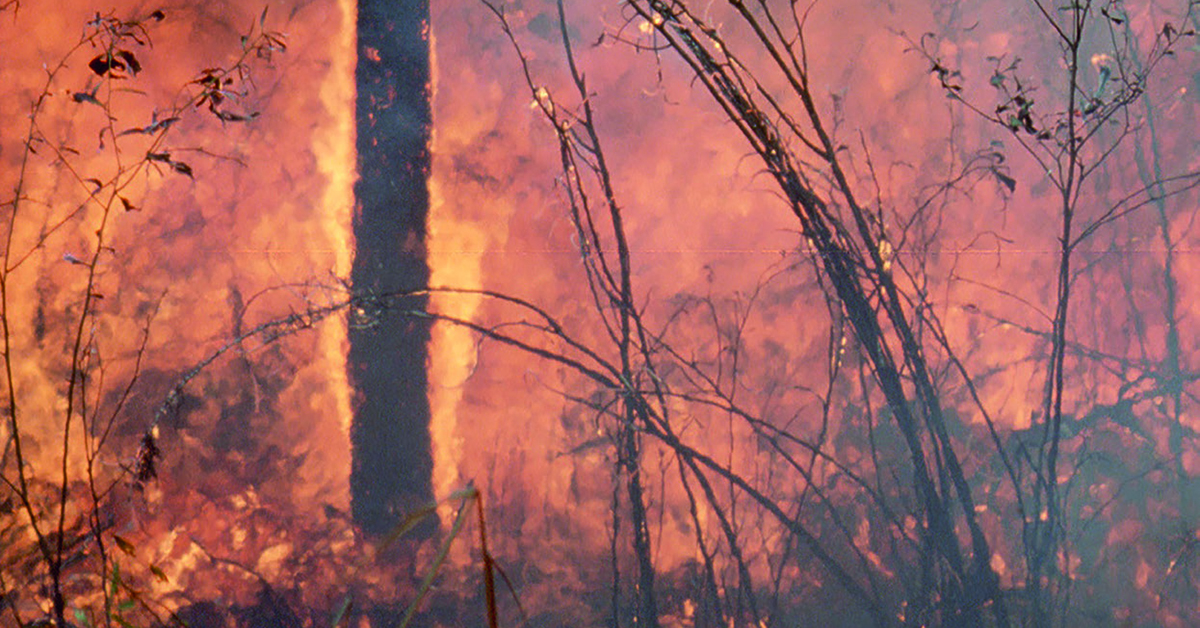
Our new report has found that climate change is increasing the risk of bushfires in Queensland, which is likely to place increased pressure on emergency services and the health sector.
While damaging bushfires are less common in Queensland than other states in Australia, climate change is driving an increase in extreme heat in Queensland, leading to higher bushfire risk.
The report found:
- Above average bushfire risk has been forecast for this season for several areas around Queensland including the coastal east around Bundaberg and Cairns, inland in the Mt Isa region, and in small pockets at the northern tip of the state.
- 7/10 of Queensland’s hottest years on record have occurred since 1998, which is in turn increasing the likelihood of high fire danger weather.
- Fire risk in Queensland has been increasing substantially in recent decades, with more than 50% of extreme Queensland fire days having occurred since 1990.
- Climate change is likely to drive large declines in rainfall in southeast Queensland in the coming decades, which will lead to higher drought factors (e.g. drier, more ready-to- burn fuels) and an increase in high fire danger days.
Professor Lesley Hughes said the increased risk of high fire weather conditions in Queensland is likely to place increased pressure on firefighting services.
“During the past decade, state fire agencies have increasingly needed to share suppression resources domestically during peak demand periods,” she said.
“As climate change increases the severity and frequency of bushfires in Australia, firefighting services will be less able to rely on help from interstate and across the world as fires occur simultaneously. This is a major challenge for Queensland.”
Professor Hughes said stronger action was needed to reduce the bushfire risk in Queensland.
“Australia’s emissions reduction target of 26-28% on 2005 levels by 2030 is not sufficient to protect Australians from worsening bushfires and extreme weather events,” she said.
“Australia must reduce its emissions rapidly and deeply to join global efforts to stabilise the world’s climate and to reduce the risk of exposure to extreme events, including bushfires.”
Image credit: CSIRO ‘Fire in the Tropics’ licensed under CC BY 3.0